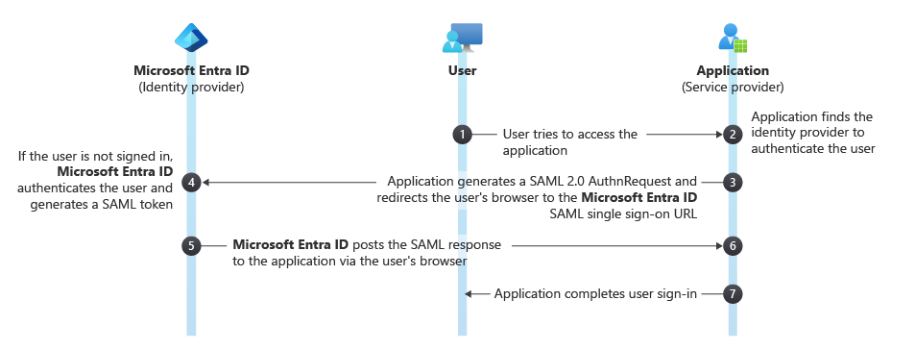Press release of a Swiss based startup called FinalSpark.
Wetware computing, an exciting new frontier at the intersection of electrophysiology and artificial intelligence, uses living neurons to perform computations. Unlike artificial neural networks (ANNs), where digital weights can be updated instantly, biological neural networks (BNNs) require entirely new methods for network response modification. This complexity necessitates a system capable of conducting extensive experiments, ideally accessible to researchers globally.
The neuroplatform
A team at FinalSpark has developed a groundbreaking hardware and software system, the Neuroplatform, designed to enable electrophysiological experiments on a massive scale. The Neuroplatform allows researchers to conduct experiments on neural organoids, which can last over 100 days. This platform streamlines the experimental process, enabling quick production of new organoids, 24/7 monitoring of action potentials, and precise electrical stimulations. Additionally, an automated microfluidic system ensures stable environmental conditions by managing medium flow and changes without physical intervention.
Unprecedented Data Collection and Remote Access
Over the past three years, the Neuroplatform has been used to study over 1,000 brain organoids, generating more than 18 terabytes of data. A dedicated Application Programming Interface (API) supports remote research via Python libraries or interactive tools like Jupyter Notebooks. The API not only facilitates electrophysiological operations but also controls pumps, digital cameras, and UV lights for molecule uncaging. This setup allows for complex, continuous experiments incorporating the latest deep learning and reinforcement learning libraries.
Energy Efficiency and Future Prospects
The energy efficiency of wetware computing presents a compelling alternative to traditional ANNs. While training large language models (LLMs) like GPT-4 requires significant energy—up to 10 GWh per model—the human brain operates with approximately 86 billion neurons on just 20 W of power. This stark contrast underscores the potential of BNNs to revolutionize computing with their energy-efficient operation.
Scientific publication detailing FinalSpark’s Neuroplatform: “Open and remotely accessible Neuroplatform for research in wetware computing”








